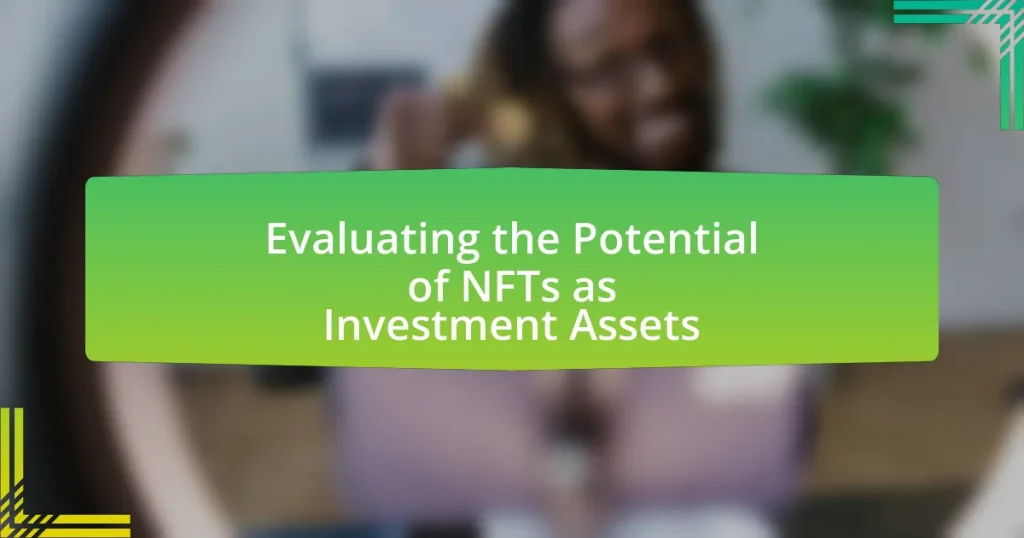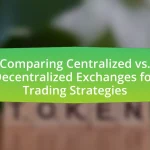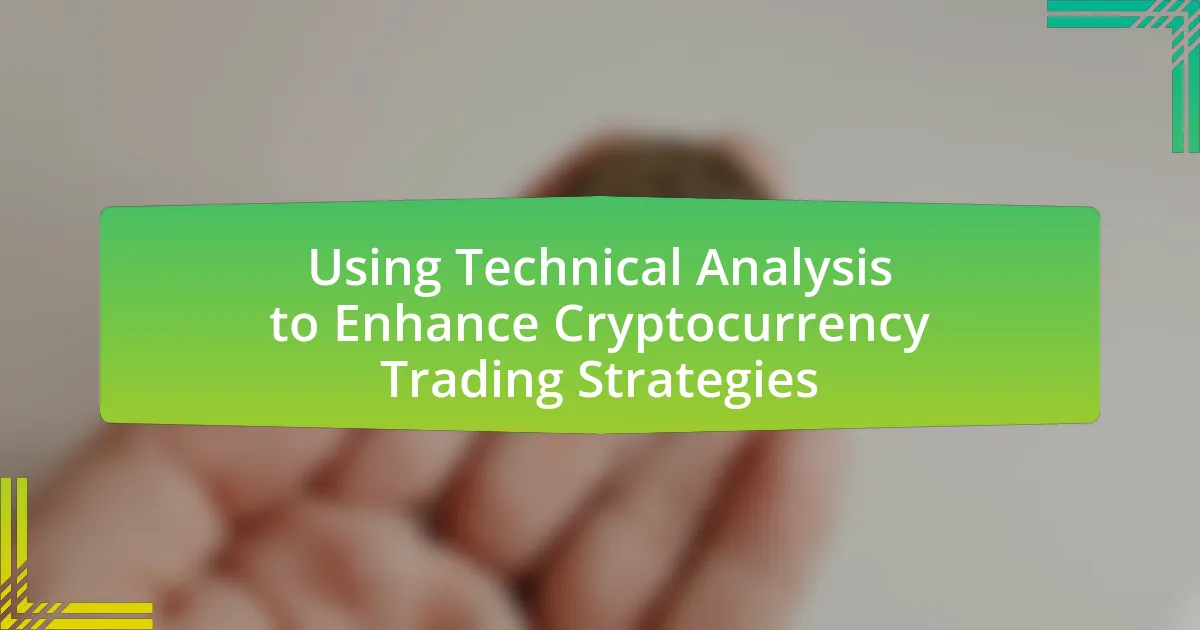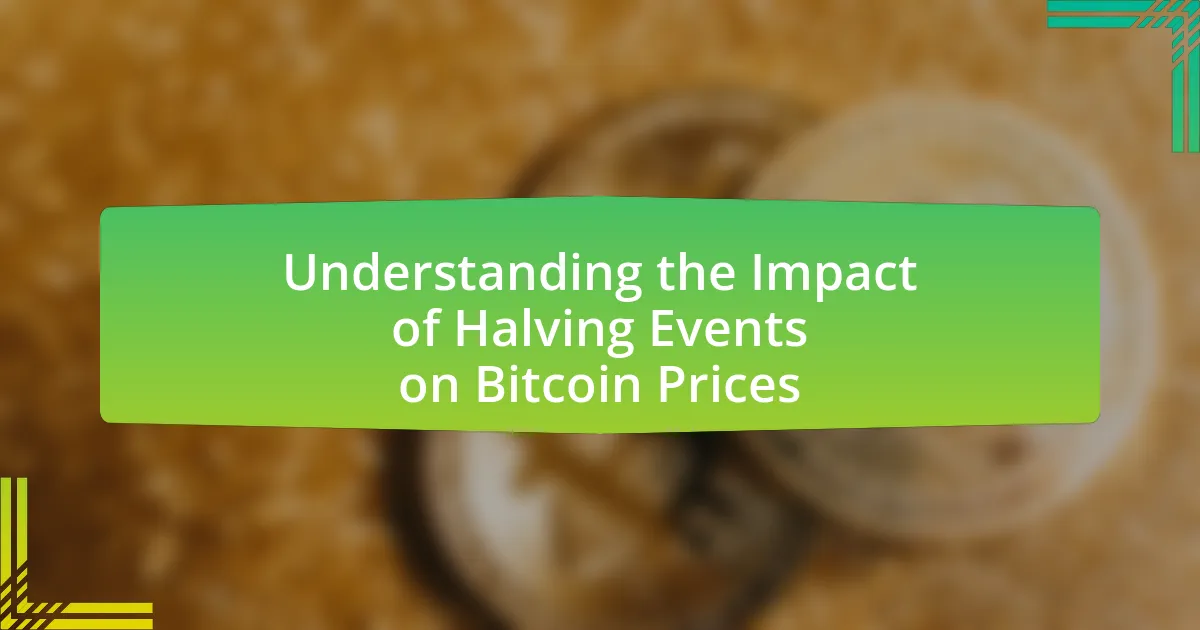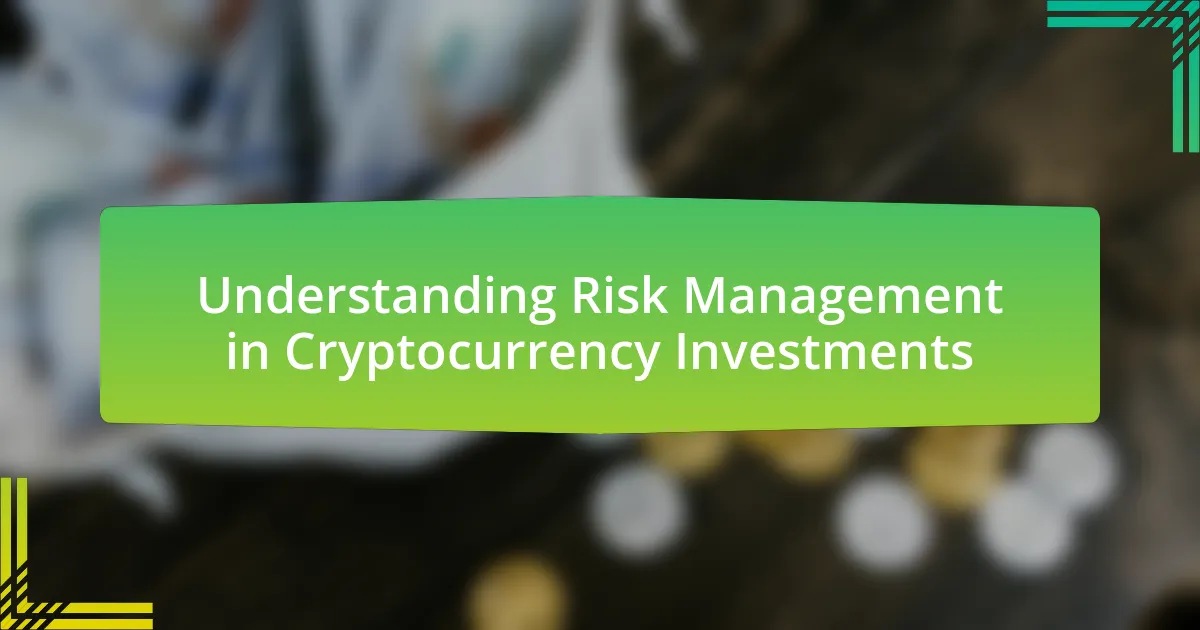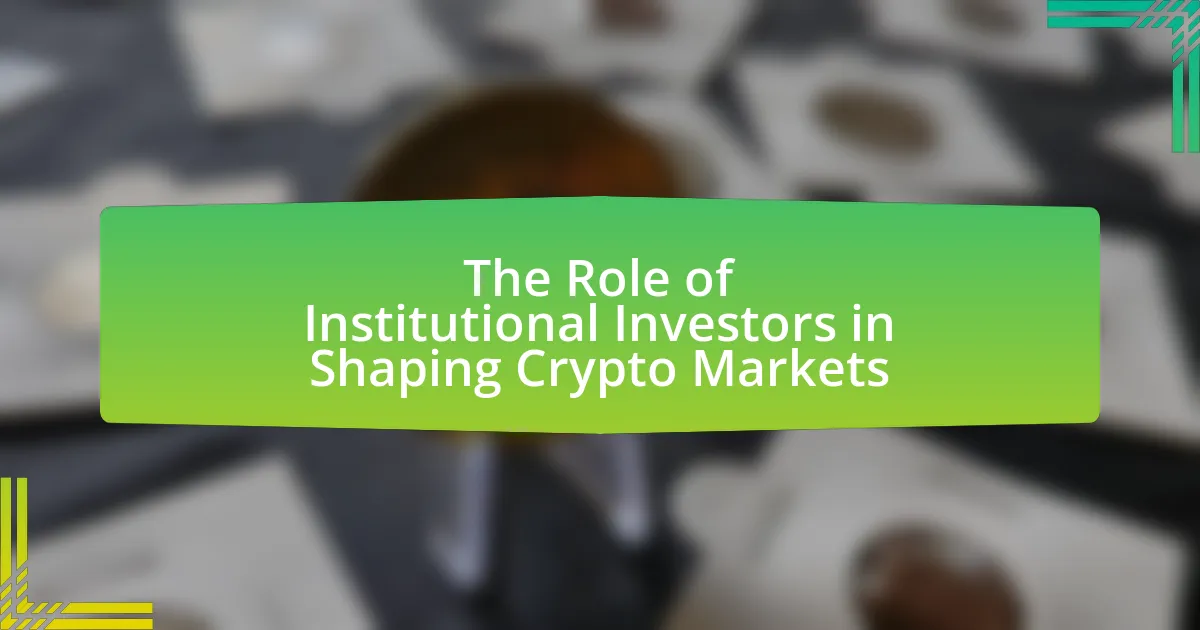Non-Fungible Tokens (NFTs) are unique digital assets verified through blockchain technology, allowing for ownership and authenticity in the digital marketplace. This article evaluates NFTs as investment assets, exploring their defining characteristics, market structure, and the factors influencing their value, such as rarity, utility, and creator reputation. It also addresses the risks associated with NFT investments, including market volatility and regulatory challenges, while highlighting strategies for mitigating these risks. Additionally, the article discusses emerging trends and future prospects for NFTs, emphasizing their growing acceptance and potential within various sectors.
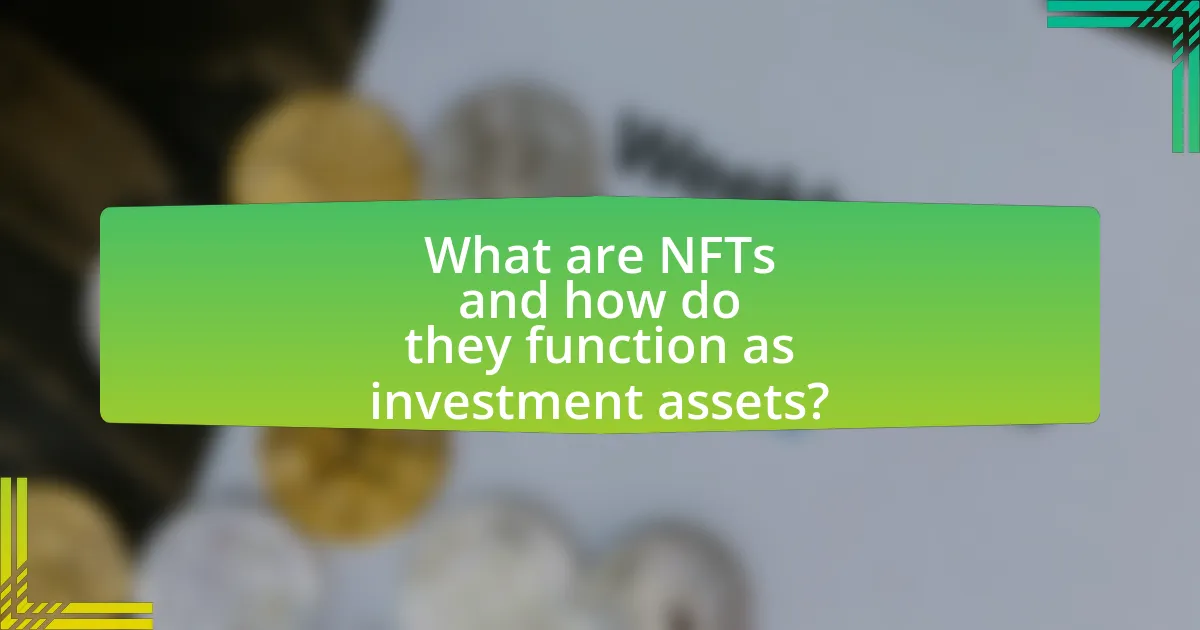
What are NFTs and how do they function as investment assets?
NFTs, or Non-Fungible Tokens, are unique digital assets verified using blockchain technology, which ensures their authenticity and ownership. As investment assets, NFTs function by allowing individuals to buy, sell, and trade these tokens, often representing digital art, collectibles, or virtual real estate. The value of NFTs can fluctuate based on demand, rarity, and the perceived value of the underlying asset, with some NFTs selling for millions of dollars, as seen in the sale of Beeple’s digital artwork for $69 million in March 2021. This high-profile transaction illustrates the potential for significant returns on investment, attracting both collectors and investors to the NFT market.
What defines a Non-Fungible Token (NFT)?
A Non-Fungible Token (NFT) is a unique digital asset that represents ownership of a specific item or piece of content on a blockchain. Unlike cryptocurrencies such as Bitcoin or Ethereum, which are fungible and can be exchanged on a one-to-one basis, NFTs are distinct and cannot be exchanged on a like-for-like basis due to their unique identifiers and metadata. This uniqueness is verified through blockchain technology, ensuring that each NFT has a specific value and provenance, making it suitable for representing digital art, collectibles, and other unique items. The market for NFTs has grown significantly, with sales reaching billions of dollars, indicating their increasing acceptance and potential as investment assets.
How do NFTs differ from traditional cryptocurrencies?
NFTs, or non-fungible tokens, differ from traditional cryptocurrencies primarily in their fungibility; while cryptocurrencies like Bitcoin and Ethereum are interchangeable and can be exchanged on a one-to-one basis, NFTs are unique digital assets that represent ownership of a specific item or piece of content. This uniqueness is encoded on a blockchain, allowing each NFT to have distinct properties and value, unlike cryptocurrencies which hold the same value across all units. For instance, a Bitcoin is always worth the same as another Bitcoin, whereas an NFT representing a digital artwork is valued based on its rarity, creator, and demand in the market.
What are the key characteristics of NFTs that influence their value?
The key characteristics of NFTs that influence their value include scarcity, ownership verification, utility, and market demand. Scarcity refers to the limited supply of an NFT, which can drive up its value; for example, a unique digital artwork can be sold for millions due to its one-of-a-kind nature. Ownership verification is facilitated by blockchain technology, ensuring that the provenance and authenticity of the NFT are clear, which adds to its desirability. Utility encompasses the functional aspects of NFTs, such as access to exclusive content or experiences, which can enhance their value. Lastly, market demand is influenced by trends, community interest, and the reputation of the creator, all of which can significantly affect the price of an NFT in the marketplace.
How is the market for NFTs structured?
The market for NFTs is structured around various platforms, creators, and collectors, facilitating the buying, selling, and trading of digital assets. Major NFT marketplaces, such as OpenSea, Rarible, and Foundation, serve as primary venues where users can list, auction, and purchase NFTs, often utilizing blockchain technology for ownership verification. The market is characterized by a diverse range of digital assets, including art, music, virtual real estate, and collectibles, which are created by artists and developers who mint NFTs on blockchain networks like Ethereum. According to a report by NonFungible.com, the NFT market generated over $10 billion in sales in 2021, highlighting its rapid growth and the increasing interest from investors and collectors. This structure allows for a decentralized ecosystem where ownership and provenance are transparent, enabling users to engage in transactions with confidence.
What platforms are commonly used for buying and selling NFTs?
Common platforms for buying and selling NFTs include OpenSea, Rarible, and Foundation. OpenSea is the largest NFT marketplace, facilitating transactions for a wide variety of digital assets, including art, music, and virtual real estate. Rarible allows users to create, buy, and sell NFTs while also incorporating a governance token that enables community participation in platform decisions. Foundation focuses on digital art and aims to connect artists and collectors, emphasizing curated content. These platforms have gained popularity due to their user-friendly interfaces and robust ecosystems, making them essential for NFT transactions.
How do auction mechanisms work in the NFT market?
Auction mechanisms in the NFT market operate primarily through platforms that facilitate bidding for digital assets. These platforms allow creators to list their NFTs for sale, setting a starting price or reserve price, and potential buyers can place bids over a specified time period. The highest bid at the end of the auction wins the NFT, transferring ownership to the winning bidder.
For example, platforms like OpenSea and Rarible utilize auction formats such as English auctions, where bids increase incrementally, or Dutch auctions, where the price decreases until a buyer accepts it. This competitive bidding process can drive prices up, reflecting the perceived value of the NFT based on demand and rarity. According to a report by NonFungible.com, the NFT market saw a significant increase in auction sales, with total sales reaching over $10 billion in 2021, highlighting the effectiveness of auction mechanisms in establishing market value for NFTs.
What factors contribute to the valuation of NFTs?
The valuation of NFTs is influenced by factors such as rarity, utility, provenance, and market demand. Rarity refers to the limited supply of an NFT, which can drive up its value; for example, unique digital artworks or collectibles often fetch higher prices due to their scarcity. Utility encompasses the functional aspects of an NFT, such as access to exclusive content or experiences, which can enhance its desirability. Provenance, or the history of ownership and authenticity, plays a crucial role in establishing trust and value; NFTs with a verified history from reputable creators tend to be more valuable. Lastly, market demand, driven by trends and community interest, significantly impacts NFT prices, as seen in the rapid appreciation of popular collections like Bored Ape Yacht Club.
How does scarcity affect the price of NFTs?
Scarcity directly increases the price of NFTs by creating a sense of exclusivity and demand among buyers. When an NFT is limited in quantity, such as a one-of-a-kind digital artwork or a rare collectible, its perceived value rises due to the basic economic principle of supply and demand. For instance, a study by NonFungible.com indicates that NFTs with limited editions often sell for significantly higher prices compared to those that are widely available, demonstrating that scarcity can lead to higher market valuations.
What role does the creator’s reputation play in NFT valuation?
The creator’s reputation significantly influences NFT valuation, as established artists or creators often command higher prices due to their established credibility and previous successes. For instance, NFTs created by well-known artists like Beeple have sold for millions, reflecting the trust and desirability associated with their work. This correlation between reputation and value is supported by market trends, where NFTs from reputable creators consistently achieve higher sales compared to those from lesser-known individuals. The perceived quality and uniqueness of the creator’s work further enhance the NFT’s market appeal, making reputation a critical factor in determining its financial worth.

What are the risks and challenges associated with investing in NFTs?
Investing in NFTs carries several risks and challenges, including market volatility, lack of regulation, and potential for fraud. Market volatility is significant, as NFT prices can fluctuate dramatically, leading to potential financial losses for investors. The NFT market is largely unregulated, which increases the risk of scams and fraudulent activities, as there are few protections for buyers. Additionally, the uniqueness of NFTs does not guarantee long-term value, as trends can change rapidly, leaving investors with assets that may not appreciate as expected. Furthermore, the environmental impact of blockchain technology used for NFTs raises ethical concerns, which could affect market perception and demand.
What are the potential pitfalls of NFT investments?
The potential pitfalls of NFT investments include market volatility, lack of regulation, and the risk of digital asset theft. Market volatility is significant, as NFT prices can fluctuate dramatically; for instance, a report by NonFungible.com indicated that the NFT market experienced a 90% decline in sales volume from its peak in 2021. Lack of regulation poses risks, as the absence of legal frameworks can lead to fraudulent activities and scams, with the Federal Trade Commission reporting numerous cases of NFT-related fraud. Additionally, digital asset theft is a concern, as high-profile hacks have resulted in the loss of millions in NFTs, highlighting vulnerabilities in security protocols.
How does market volatility impact NFT prices?
Market volatility significantly impacts NFT prices by causing fluctuations in demand and investor sentiment. When market conditions are unstable, investors may become more risk-averse, leading to decreased demand for NFTs, which can result in lower prices. For instance, during periods of high volatility in the cryptocurrency market, which often correlates with NFT markets, prices for NFTs can drop sharply as buyers hesitate to invest. Historical data shows that in March 2020, when the stock market experienced a significant downturn due to the COVID-19 pandemic, NFT sales also saw a decline, illustrating the direct relationship between market volatility and NFT pricing dynamics.
What legal and regulatory issues should investors be aware of?
Investors should be aware of several legal and regulatory issues when considering NFTs as investment assets, including intellectual property rights, securities regulations, and anti-money laundering (AML) compliance. Intellectual property rights are crucial because NFTs can represent ownership of digital art or other creative works, and investors must ensure that the NFT does not infringe on existing copyrights or trademarks. Securities regulations come into play if the NFT is deemed a security, which would subject it to registration requirements and investor protections under laws such as the Securities Act of 1933. Additionally, AML compliance is essential, as regulatory bodies like the Financial Crimes Enforcement Network (FinCEN) require platforms dealing with NFTs to implement measures to prevent money laundering and fraud. These legal frameworks are evolving, and investors must stay informed about changes to avoid potential legal pitfalls.
How can investors mitigate risks when investing in NFTs?
Investors can mitigate risks when investing in NFTs by conducting thorough research, diversifying their portfolios, and utilizing secure platforms for transactions. Thorough research involves understanding the NFT’s provenance, market demand, and the credibility of the creator, which helps in making informed decisions. Diversification reduces exposure to any single asset’s volatility by spreading investments across various NFTs and other asset classes. Utilizing secure platforms ensures that transactions are protected against fraud and hacking, as evidenced by the increasing number of scams in the NFT space, which reached over $100 million in losses in 2022 alone. These strategies collectively enhance the safety and potential returns of NFT investments.
What strategies can be employed to assess NFT value before purchase?
To assess NFT value before purchase, potential buyers should analyze the creator’s reputation, the rarity of the NFT, and market trends. Evaluating the creator’s past work and their standing in the digital art or collectibles community can indicate future value; for instance, established artists often command higher prices. Rarity is crucial, as limited editions or unique pieces typically hold more value; platforms like OpenSea provide data on the number of editions available. Additionally, monitoring market trends through sales history and price fluctuations on NFT marketplaces can offer insights into demand and potential appreciation, with platforms like CryptoSlam tracking sales data to inform buyers.
How important is diversification in an NFT investment portfolio?
Diversification is crucial in an NFT investment portfolio as it mitigates risk and enhances potential returns. By spreading investments across various types of NFTs—such as art, music, virtual real estate, and collectibles—investors can reduce the impact of volatility associated with any single asset class. For instance, a report by NonFungible.com indicates that the NFT market can experience significant price fluctuations, with some assets losing value rapidly while others may appreciate. Therefore, a diversified portfolio can help balance these risks, allowing investors to capitalize on different market trends and opportunities.
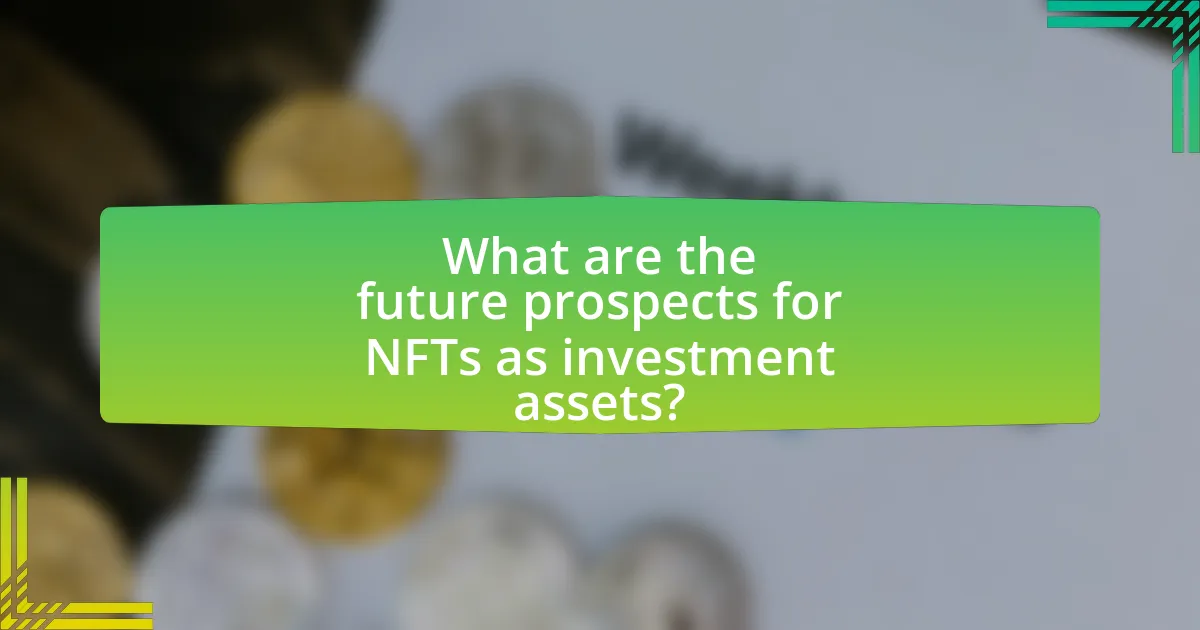
What are the future prospects for NFTs as investment assets?
The future prospects for NFTs as investment assets appear promising, driven by increasing mainstream adoption and the expansion of digital economies. As of 2023, the NFT market has seen significant growth, with sales reaching approximately $25 billion in 2021 and maintaining a robust presence in various sectors, including art, gaming, and virtual real estate. This growth is supported by the integration of NFTs into established platforms and the emergence of new use cases, such as tokenizing real-world assets and enhancing digital ownership rights. Furthermore, the ongoing development of blockchain technology and regulatory frameworks is likely to enhance investor confidence, making NFTs a more attractive investment option.
How is the NFT market expected to evolve in the coming years?
The NFT market is expected to evolve significantly in the coming years, driven by increased mainstream adoption and technological advancements. As of 2023, the market has seen a surge in interest from various sectors, including gaming, art, and real estate, indicating a diversification of use cases. Reports suggest that the global NFT market size was valued at approximately $3 billion in 2022 and is projected to reach around $13 billion by 2027, reflecting a compound annual growth rate (CAGR) of over 35%. This growth is fueled by the integration of NFTs into social media platforms and the rise of metaverse environments, where digital ownership is becoming increasingly valuable. Additionally, regulatory clarity and improved user experiences are likely to enhance investor confidence, further propelling market expansion.
What trends are emerging in the NFT space that could influence investment potential?
Emerging trends in the NFT space that could influence investment potential include the rise of fractional ownership, increased utility in gaming and metaverse applications, and the integration of NFTs with real-world assets. Fractional ownership allows multiple investors to own a share of high-value NFTs, making them more accessible and potentially increasing liquidity in the market. The gaming industry is increasingly adopting NFTs for in-game assets, which enhances user engagement and creates new revenue streams, as evidenced by the success of games like Axie Infinity. Additionally, the integration of NFTs with real-world assets, such as real estate or art, is gaining traction, providing a tangible backing that can enhance their value and appeal to traditional investors. These trends indicate a shift towards more practical applications of NFTs, which could significantly impact their investment potential.
How might technological advancements impact the NFT market?
Technological advancements will significantly enhance the NFT market by improving scalability, security, and user experience. For instance, the implementation of layer-2 solutions, such as Ethereum’s Optimistic Rollups, can increase transaction speeds and reduce gas fees, making NFT trading more accessible. Additionally, advancements in blockchain interoperability allow NFTs to be transferred across different platforms, broadening their market reach and utility. Furthermore, innovations in smart contract capabilities enable more complex functionalities, such as fractional ownership and dynamic royalties, which can attract a wider range of investors. These developments are supported by data indicating that the NFT market grew to over $41 billion in 2021, showcasing its potential for expansion as technology evolves.
What practical tips should investors consider when entering the NFT market?
Investors entering the NFT market should conduct thorough research on the projects and artists behind the NFTs. Understanding the creator’s background, the uniqueness of the digital asset, and the community surrounding it can significantly influence the investment’s potential value. For instance, NFTs from well-established artists or projects with strong community engagement tend to appreciate more in value, as evidenced by the success of platforms like OpenSea, which reported over $3 billion in sales in 2021. Additionally, investors should consider the liquidity of the NFT, as some assets may take longer to sell than others, impacting their overall investment strategy.
How can investors stay informed about NFT market developments?
Investors can stay informed about NFT market developments by following industry news through dedicated platforms, social media channels, and NFT marketplaces. Platforms like CoinDesk and NFT Now provide timely updates and analysis on market trends, while social media platforms such as Twitter and Discord host active communities discussing real-time developments. Additionally, subscribing to newsletters from NFT projects and participating in webinars can enhance understanding of market dynamics. According to a report by NonFungible.com, the NFT market saw a significant increase in trading volume, highlighting the importance of staying updated to make informed investment decisions.
What best practices should be followed for successful NFT investments?
To achieve successful NFT investments, investors should conduct thorough research on the NFT’s creator, the underlying technology, and market trends. Understanding the creator’s reputation and past works can indicate the potential value of the NFT, as established artists often have a loyal following and higher resale values. Additionally, familiarity with blockchain technology and the specific platform hosting the NFT is crucial, as this affects the NFT’s security and accessibility. Market trends, including demand for specific types of NFTs and overall market sentiment, should also be monitored, as they can significantly influence pricing. According to a report by NonFungible.com, the NFT market saw a 300% increase in sales volume from 2020 to 2021, highlighting the importance of staying informed about market dynamics.
